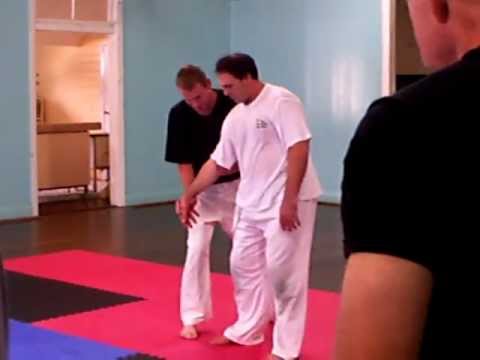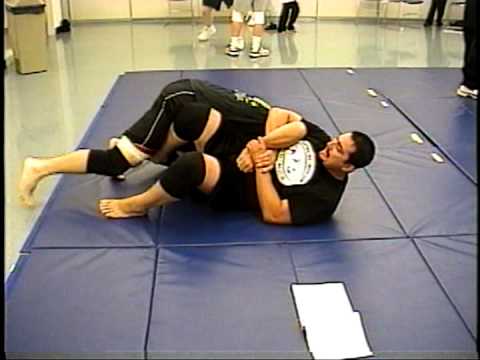
The wrist is a complex structure which consists of many bones, muscles, tendons, tendinitis, and tendinosis. A fibrous band of bone between the radial nerve and the ulnar joint separates the forearm from the wrist, that is included within a thick capsule of fibrous tissue, synovium, and tendons. It is also a joint with three bones and one with two bones, forming the bones of the palm and wrist.
The bones of the forearm are connected by nerves that pass through the bony ridges into the joints. There are four bones of the thumb. The forearm has three bones that are located close to the elbow joint. The fingers of both hands have two bones, a small skull bone and a smaller bone, which contain nerves that connect to the joint. The forearm bones also have five tendons and connect to the forearm bones of the first finger of each hand.
The muscles and tendons of the hand, wrist, and fingers give them flexibility and strength. The muscles and tendons of the wrist are very large and are responsible for many movements. Most people have at least one wrist joint, that is, where the hand meets the wrist. There are six tendons in the hand, and they all connect to a small bone in the front of the hand called the carpal tunnel.
The carpal tunnel is made up of cartilage and is actually the largest muscle in the body. The median nerve runs along the canal of the wrist, connecting the hand and forearm. It is very important to understand that it cannot be cut, torn off.
When a nerve is affected, it can cause pain, tingling, or numbness in one part of the arm. The nerve roots that run down the shaft of the thumb are called the median nerve, which can break and cause pain and soreness. These roots also have a nerve that runs down the trunk to the first and third toes.
This nerve is important because it can transmit information from the brain to the first, second, and third fingers. through muscles and tendons. Nerve roots of the forearm run along the outside of the shaft of the hand and reach the hand of the ring finger.

The small bones of the wrist make up the bones of the forearm
The bones of the fingers are made up of a large group of bones called the metacarpals and phalanges.
It is important that we maintain a healthy, flexible wrist. We use our wrists for different things all the time, and it is a good idea to protect them by avoiding injury. A good way to protect your wrist is by wearing a wrist splint. By using a splint, you are taking a few small but very strong steps towards protecting it.
Elbow splints are also commonly used, and are much like a wrist splint except that they also wrap around the elbow and surrounding joints. While wearing an elbow splint, your wrists will become rigid, and this allows the splint to provide additional support and protection.
Knee and shoulder elbow splints are also sometimes used. In these splints, the elbow becomes rigid and does not allow motion at all. Your hands will need to be supported by your elbows and surrounding bones, and there will not be the freedom of motion that is found with wrist splints.
As I said, there are many different types of splints, and all of them are different from each other. The most common splints used in sports are splints worn on one wrist or both wrists. Some splints also allow the wearer to put them on in any direction, such as the back, front, or both.
Carpal Tunnel Syndrome is the most common complication of wrist disorders. This is a disease in which there is inflammation and swelling in the wrist, usually caused by trauma.